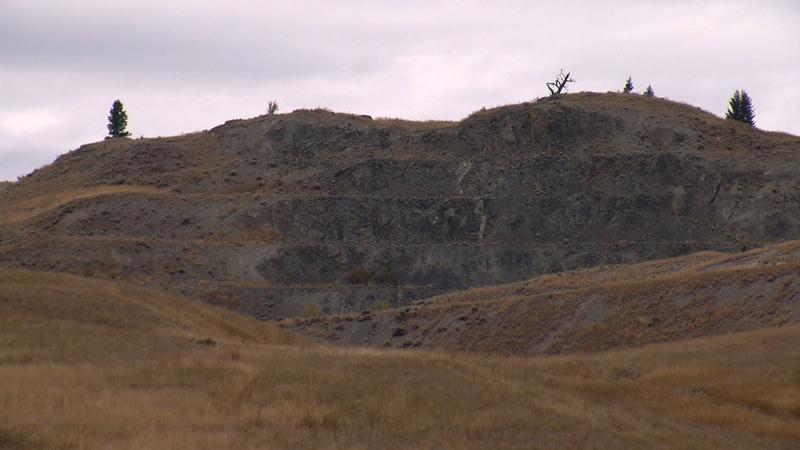
KAPA calls for better monitoring of old Ajax mine site after report finds water contamination increase
KAMLOOPS — Several community groups are asking the Ministry of Environment for improved monitoring around the old Ajax mine site with a new report citing contamination in Peterson Creek.
The report — commissioned by the Kamloops Area Preservation Society (KAPA) — says certain metals and compounds from the site are leaching into Peterson Creek and contaminating the waterway. KAPA’s initial concerns coincided with an application by KGHM for a mining permit that included the former site. When the company’s application was rejected, the association sought a third party opinion on the water properties of the creek and area groundwater.
Given the amount of old material left in the mining pit site, KAPA spokesperson Paula Pick says the group hired a hydrogeologist to study contamination measurements and determine whether current monitoring was adequate.


